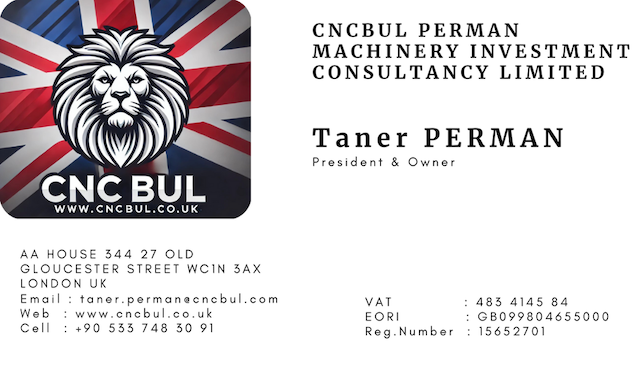19/08/2024
How to choose the right Punch + Laser Combination machine?
Choosing the right Punch + Laser Combination machine requires careful consideration of various technical and operational factors. Here are 25 key items to consider:
1. Material Compatibility
- Ensure the machine can handle the types and thicknesses of materials you intend to process, such as steel, aluminum, or stainless steel.
2. Laser Power
- Higher laser power allows for faster cutting and the ability to cut thicker materials. Common options include 2kW, 4kW, and 6kW lasers.
3. Punching Capacity
- Assess the punching force (measured in tons) to ensure it meets the requirements for the material and thickness you will be working with.
4. Precision and Accuracy
- Look for machines that offer high precision, typically with tolerances within ±0.1 mm, which is critical for producing quality parts.
5. Automation Capabilities
- Consider automation options such as automatic tool changers, material loading/unloading systems, and robotic arms for increased productivity.
6. Machine Speed
- Evaluate the processing speed for both punching and laser cutting operations. Higher speeds can significantly improve throughput.
7. Software and Control System
- Ensure the machine is equipped with advanced CNC control software that supports complex programming, real-time monitoring, and integration with CAD/CAM systems.
8. Tooling Versatility
- The machine should support a wide range of punch tools and laser configurations to accommodate different part geometries and production needs.
9. Laser Source Type
- Decide between fiber lasers and CO2 lasers. Fiber lasers are typically more efficient and require less maintenance, while CO2 lasers may offer better cutting quality for thicker materials.
10. Tool Change Speed
- Faster tool change times reduce downtime and increase efficiency, especially in high-mix, low-volume production environments.
11. Material Handling System
- Check if the machine includes or can be integrated with advanced material handling systems for continuous, unattended operation.
12. Cutting and Punching Accuracy
- Ensure the machine can maintain high accuracy during both cutting and punching processes, which is essential for complex and precise parts.
13. Energy Efficiency
- Consider the energy consumption of the machine, especially if you are concerned about operational costs or sustainability. Fiber lasers are generally more energy-efficient.
14. Footprint and Space Requirements
- Evaluate the physical space required for the machine, including room for material handling and maintenance access.
15. Maintenance Requirements
- Look for machines with low maintenance requirements and easy access to critical components to reduce downtime and extend machine life.
16. Flexibility in Operations
- The machine should be versatile enough to handle a wide range of tasks, from simple punching to complex laser cutting operations.
17. Durability and Build Quality
- Choose a machine from a reputable manufacturer known for high build quality and durability, ensuring long-term reliability.
18. Cooling System
- Ensure the laser component has an efficient cooling system, as overheating can reduce performance and increase maintenance needs.
19. Operator Safety Features
- Verify that the machine includes essential safety features, such as protective enclosures, emergency stop buttons, and safety interlocks.
20. Training and Support
- Consider the availability of training for operators and the quality of customer support provided by the manufacturer.
21. Integration with Existing Systems
- Ensure the new machine can be seamlessly integrated into your existing production line, including compatibility with software and hardware.
22. Noise and Vibration Levels
- Assess the machine’s noise and vibration levels, especially if it will be operating in environments where these factors are critical.
23. Cutting Head Options
- Check the availability of different cutting heads for various applications, such as piercing, contour cutting, and fine cutting.
24. Environmental Impact
- Consider the environmental impact of the machine, including emissions, waste management, and compliance with environmental regulations.
25. Cost and ROI
- Balance the machine’s cost with its expected return on investment (ROI). Consider factors such as productivity gains, operational savings, and potential for expanding capabilities.
By carefully evaluating these factors, you can select a Punch + Laser Combination machine that best meets your production needs and ensures high efficiency, precision, and flexibility in your operations.


